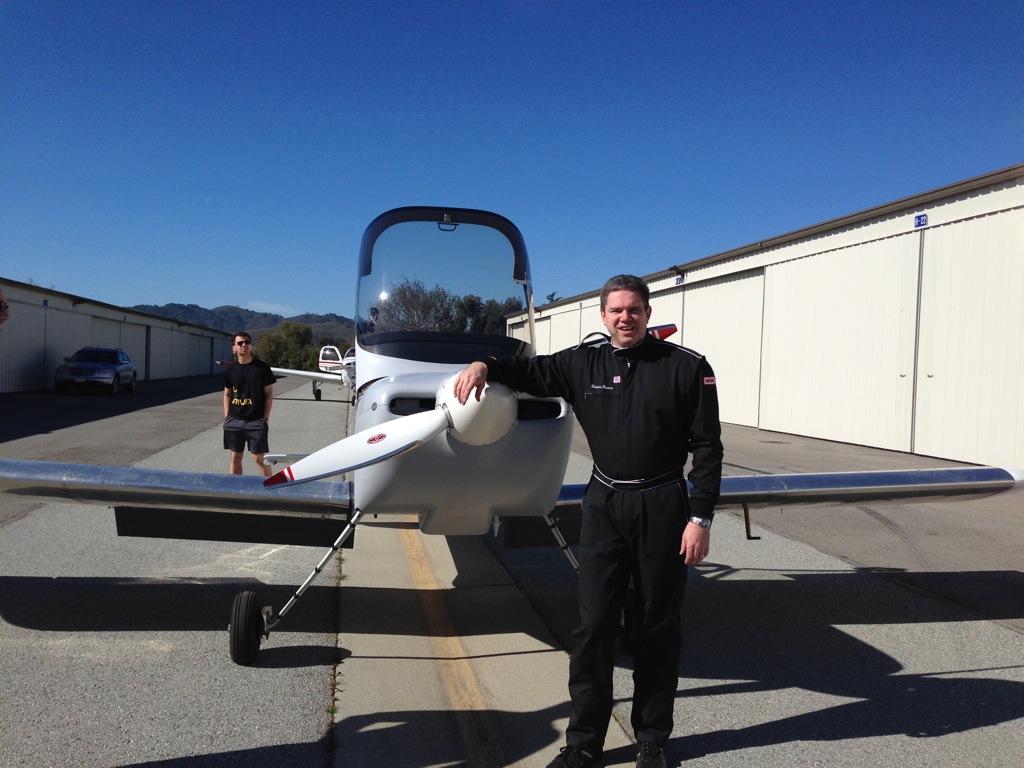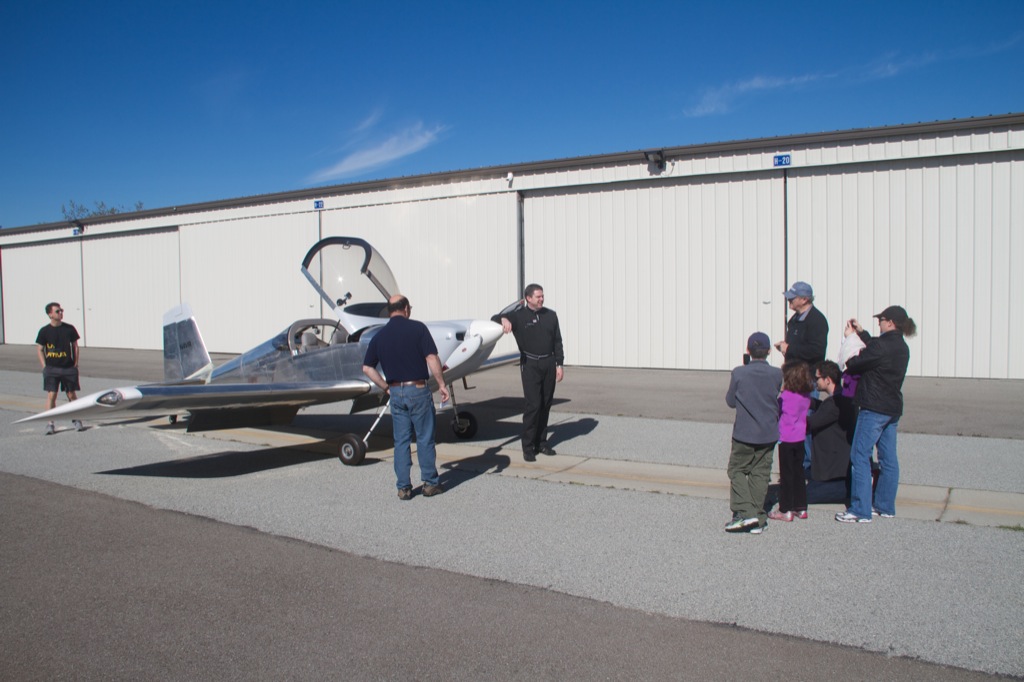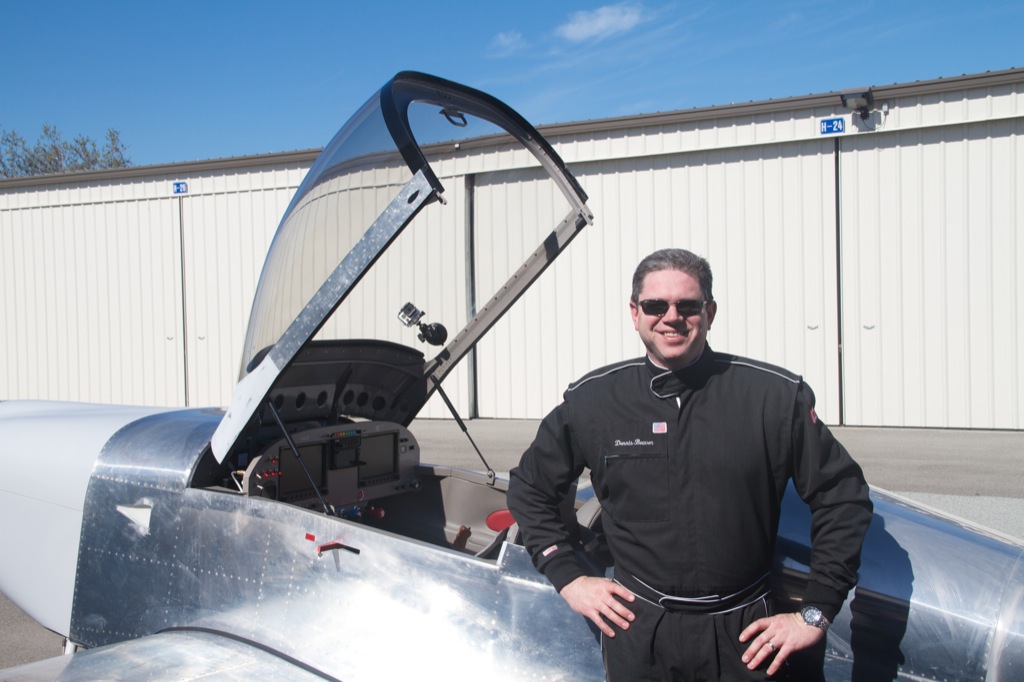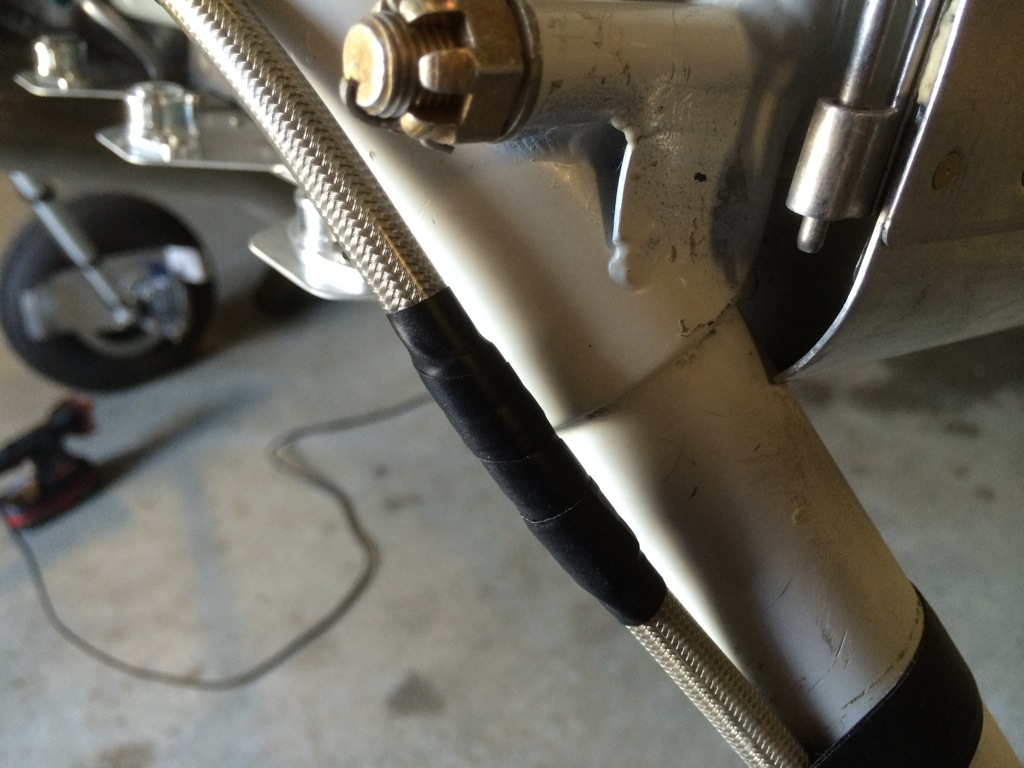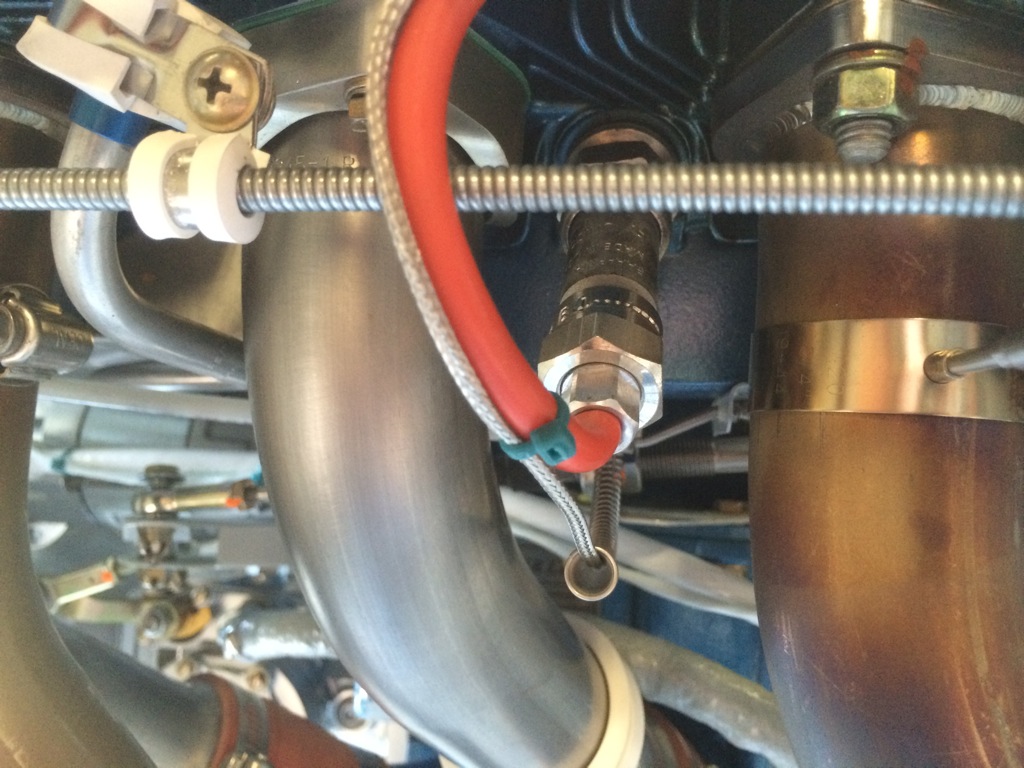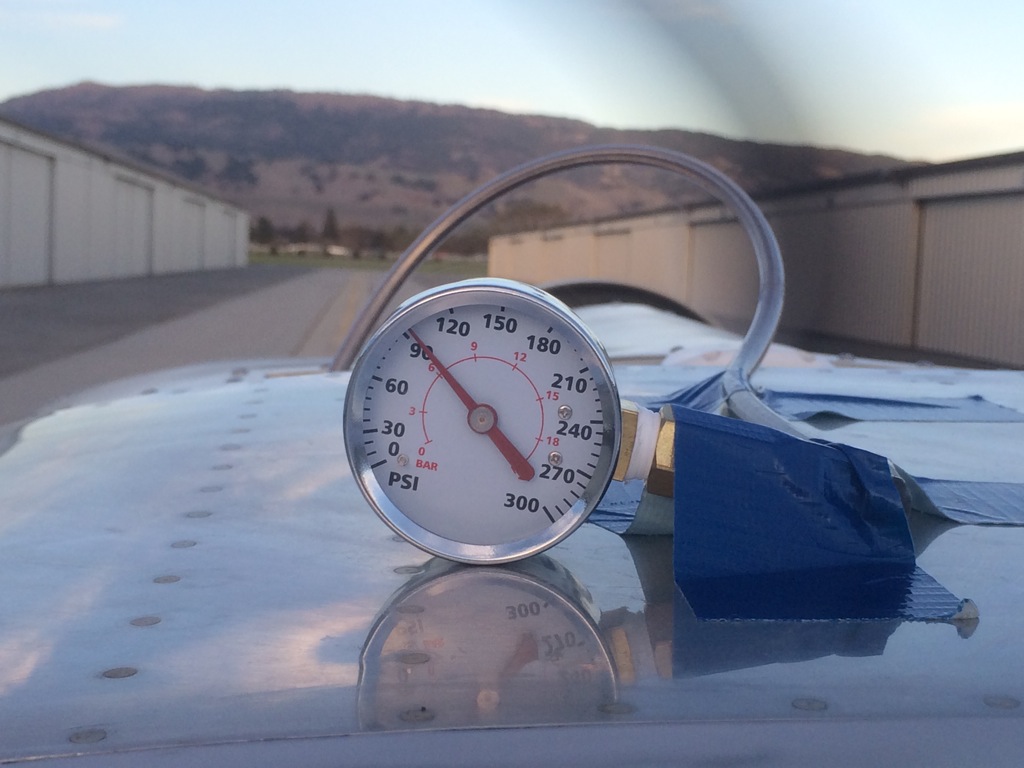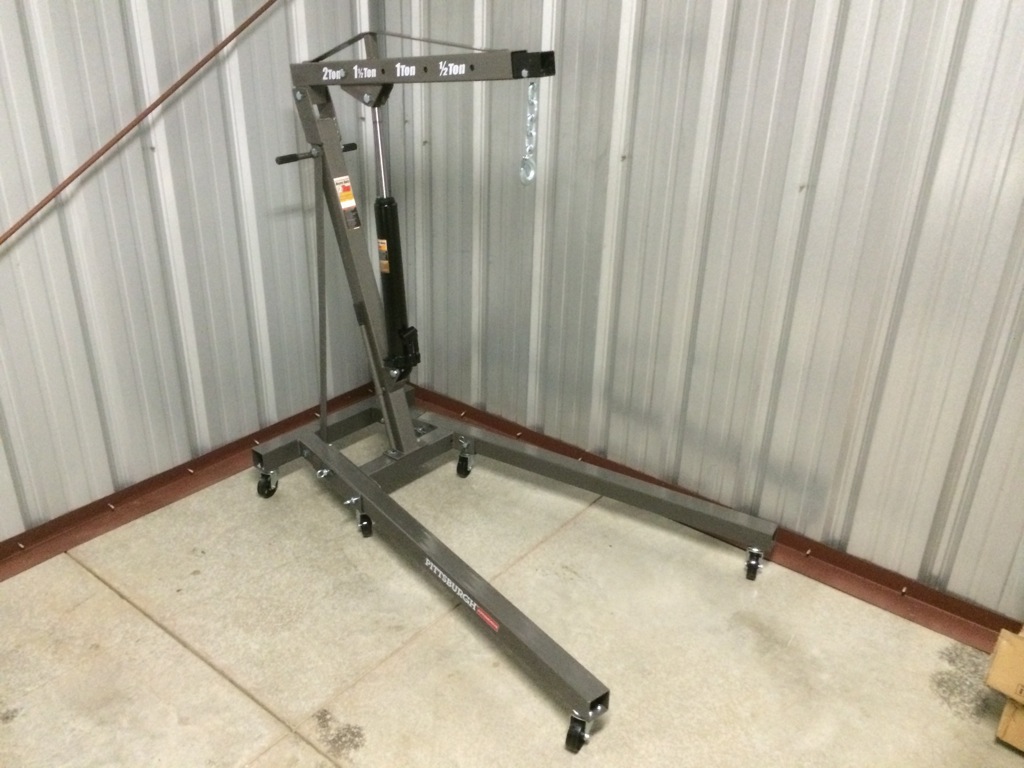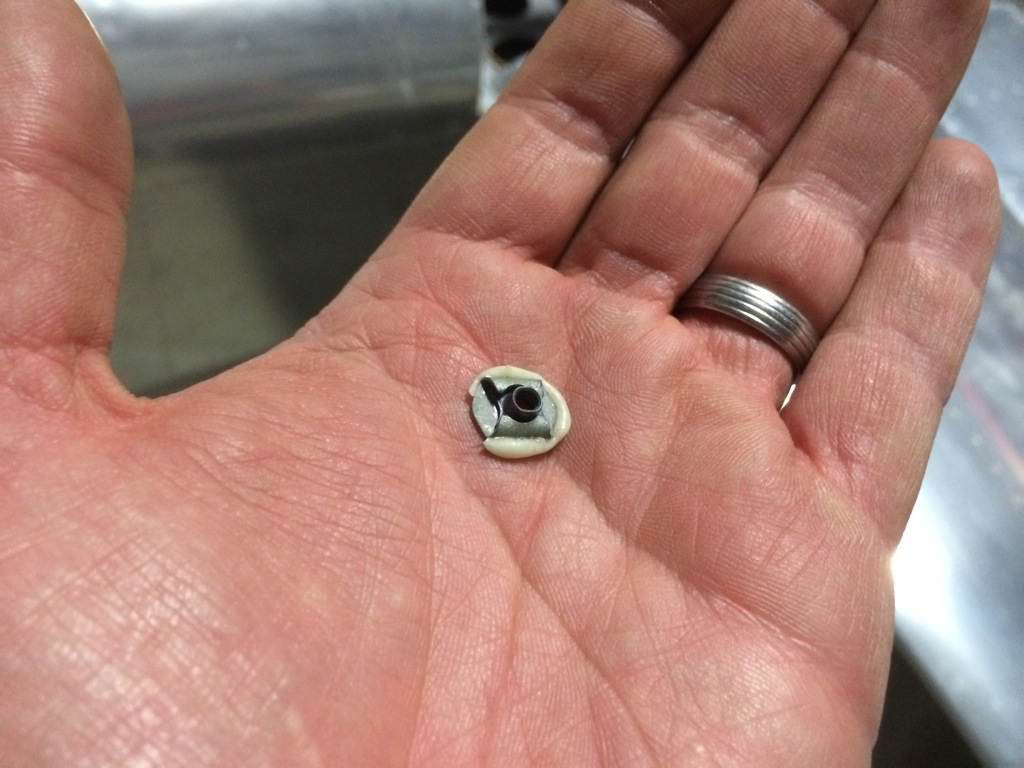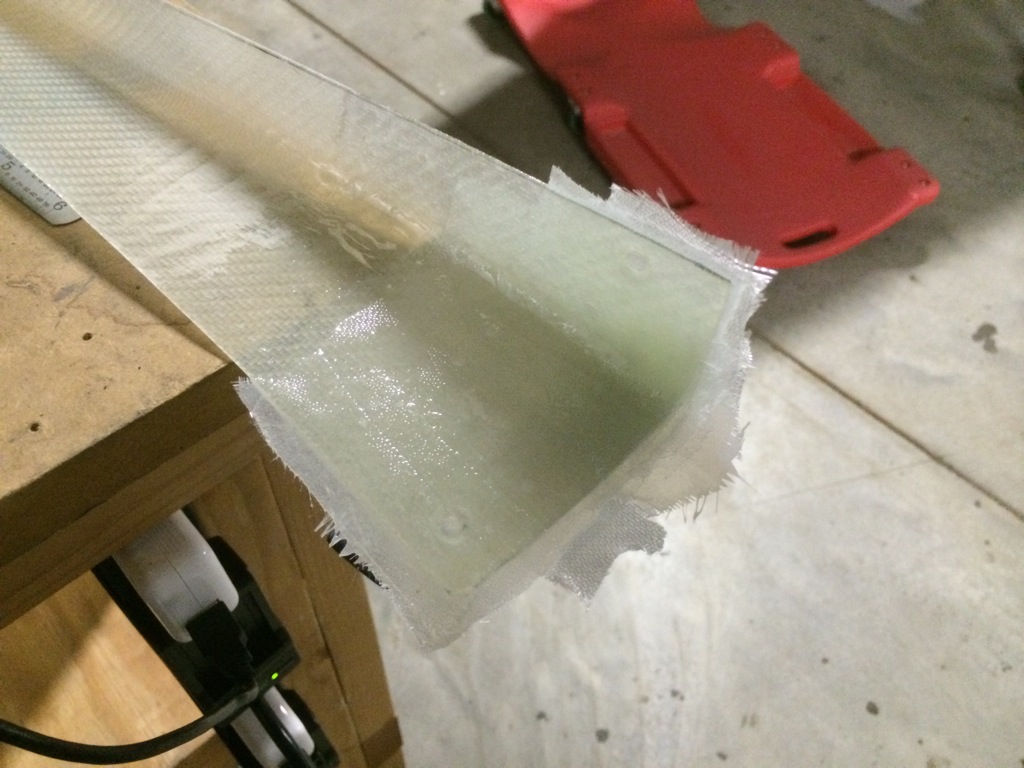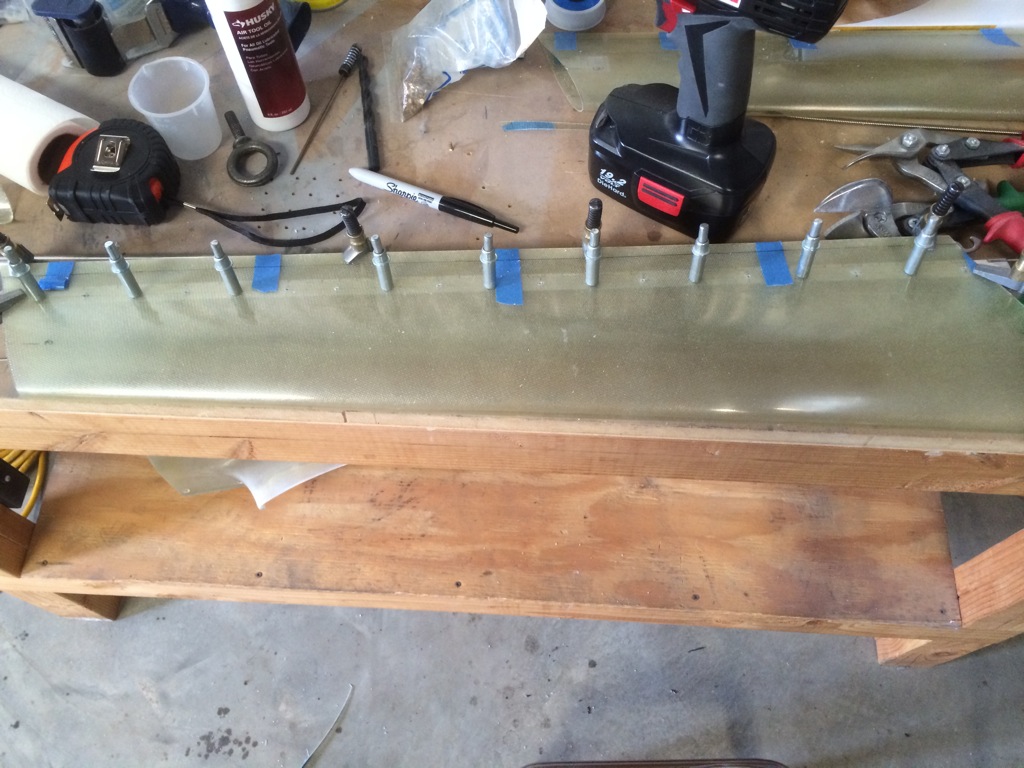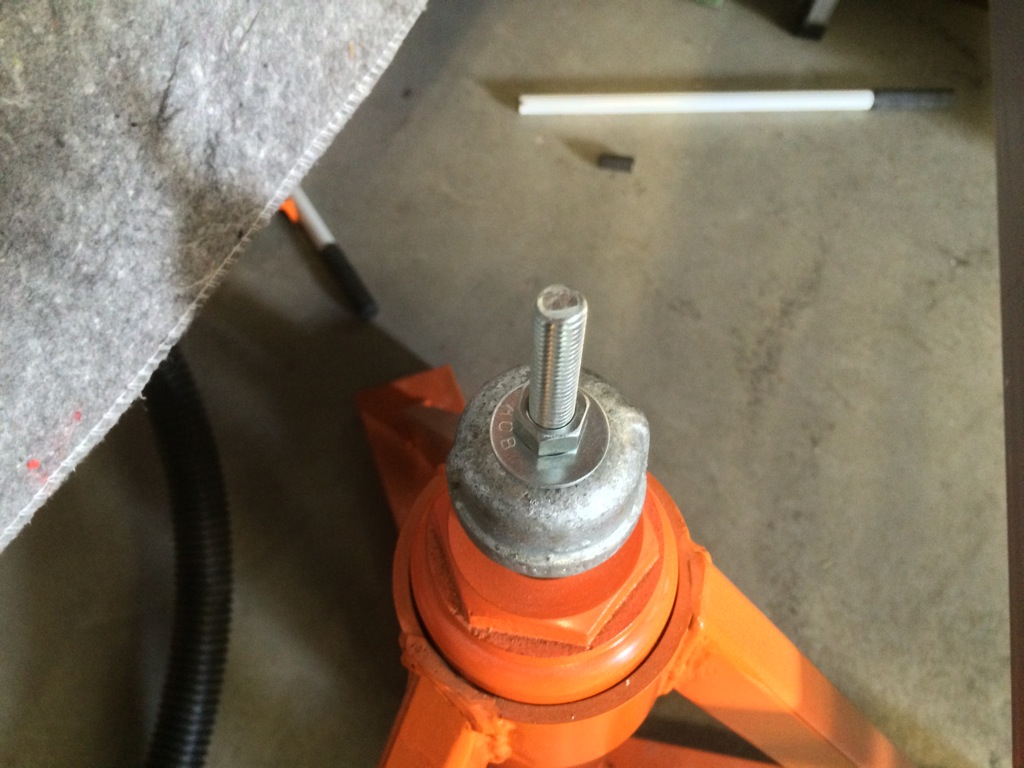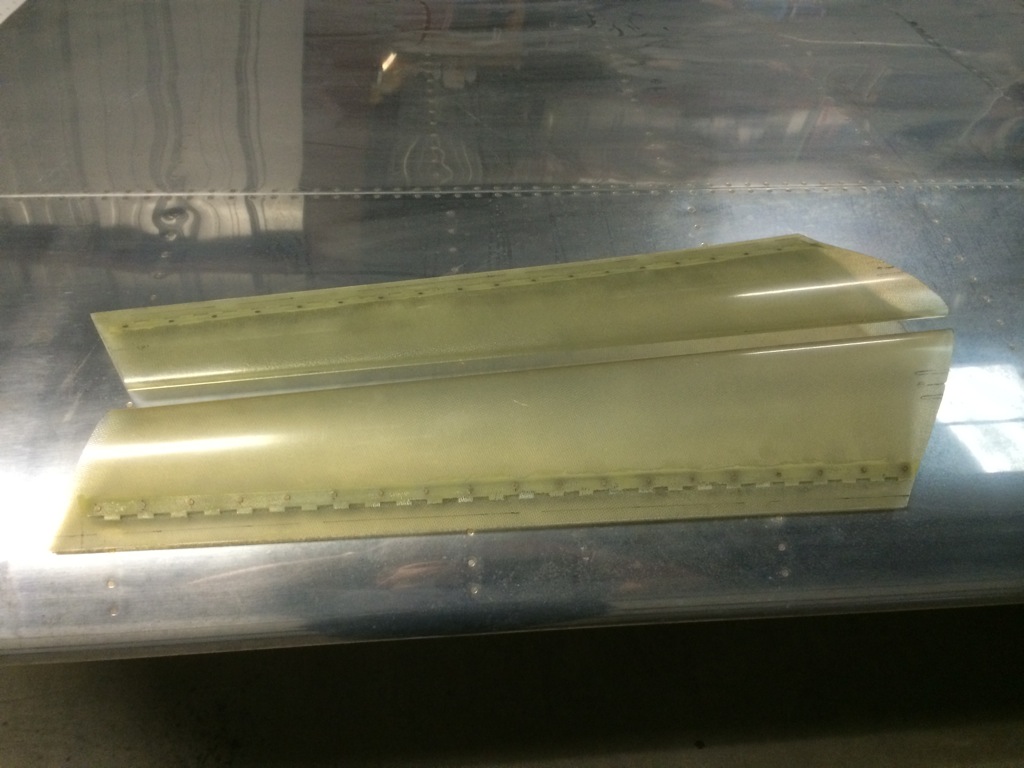My buddy Greg and I flew up to Portland, OR early this morning and made it over to Vernonia, OR a little after 10 am to start our transition training with Mike Seager. Here’s a little intro video about Mike:
We spent about an hour and a half going through ground instruction which covered the various V speeds for the airplane and then talked about the speeds and configs for the various parts of the traffic pattern. Many of the speeds are similar to the Bonanzas we fly, so that will make it a little easier to transition between them.Afterward, we grabbed lunch in town and then came back out to start flying.
Despite the rain and low clouds, we each got 1.8 hours of flight time in the plane. The flight started with a takeoff from his soggy grass strip and then a flight out to the practice area underneath the overcast. I got a chance to play with the controls and learn how sensitive they are. The plane is far more responsive than anything I’ve ever flown, but it’s not twitchy. You do have to be careful because it’s really easy to over control the plane.Once we got to the practice area, we slowed the plane down and did some slow flight at 80 and 70 MPH. Although the controls were mushy, there is still far more control authority even at this speed than most planes have in any configuration.
Once we finished slow flight, we moved on to power off and power on stalls. The power off stall break is rather abrupt with little warning but has little tendency to drop a wing as long as the ball is relatively close to center. The power on stalls were even more docile, but they were at a ridiculously high pitch attitude. Even at only 23 squared, the break happened at over 30º nose up. A full power stall would be at a truly extreme angle even in his 160 hp RV-7. In our nearly 200 hp RVs, the angle will be even higher.
After we wrapped up the air work, we headed over to the Scappoose airport for some pattern work. We did half a dozen stop and go landings, and I was starting to get a pretty good feel for the handling and site picture near the end. This is the first taildragger I’ve flown where I can’t see the far end of the runway over the nose in the flare. His technique is to look down the side of the cowl and sight the far left corner of the runway. I still need to practice his technique to make it more automatic. Assuming the weather holds, we’ll get a few more flights in over the next couple of days, so I should be feeling pretty solid by Friday.

